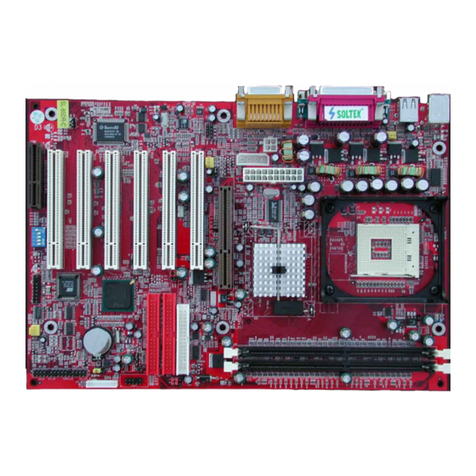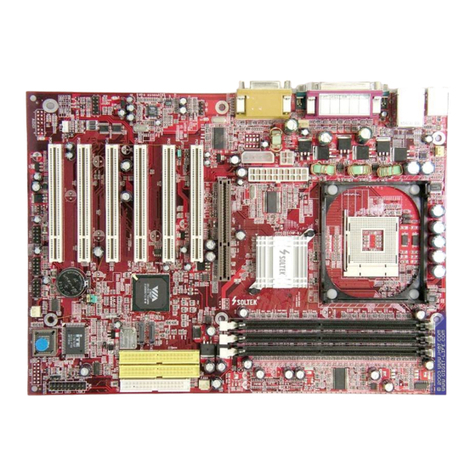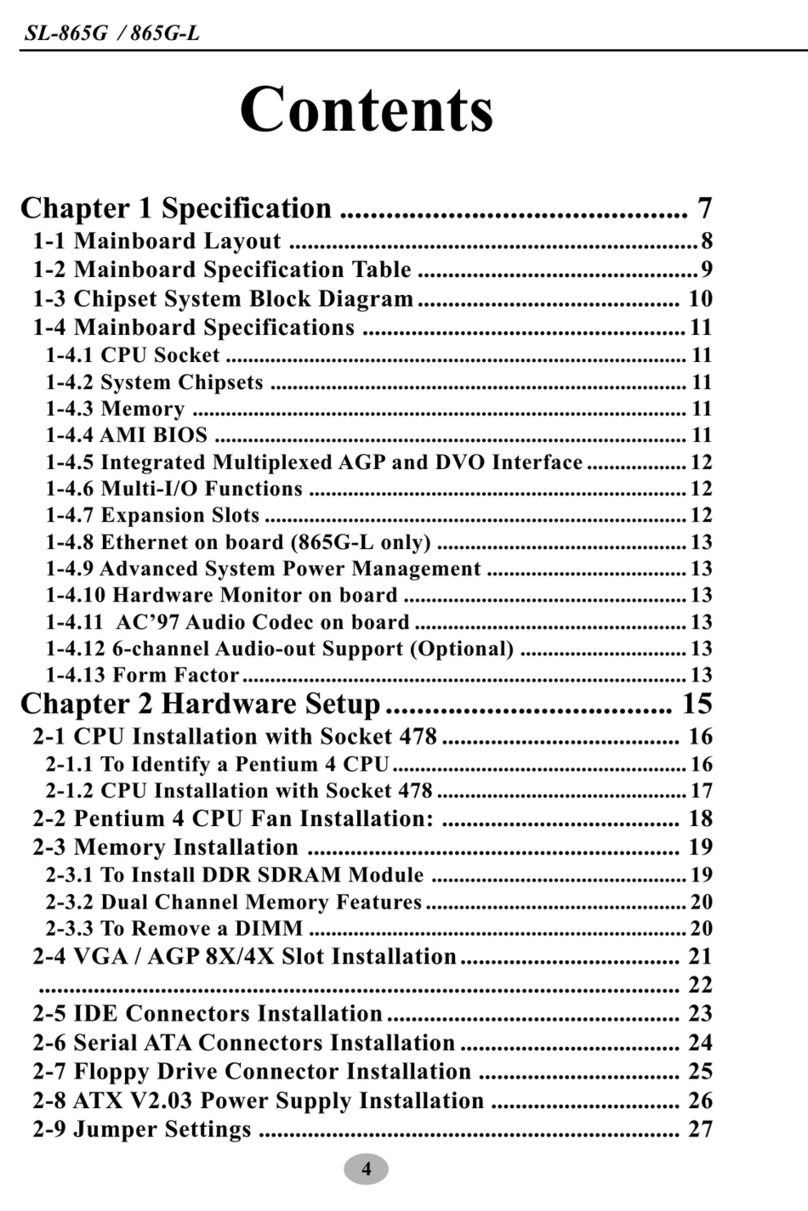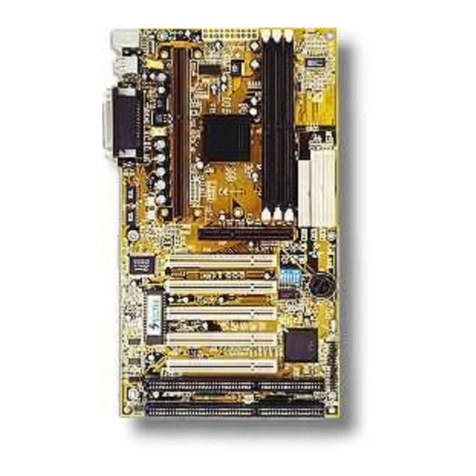SOLTEK KT400-C User manual
Other SOLTEK Motherboard manuals
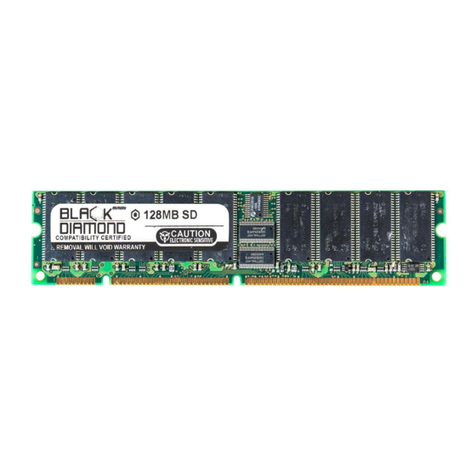
SOLTEK
SOLTEK SL-55F5 User manual
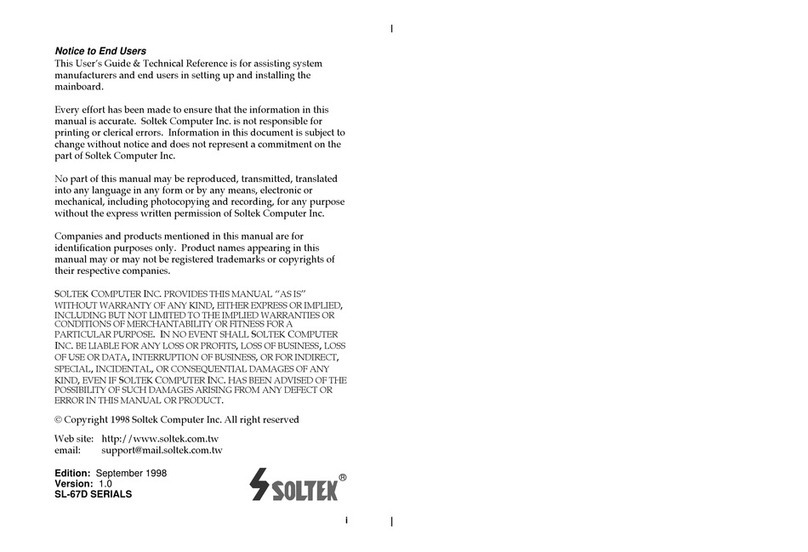
SOLTEK
SOLTEK SL-67D User manual
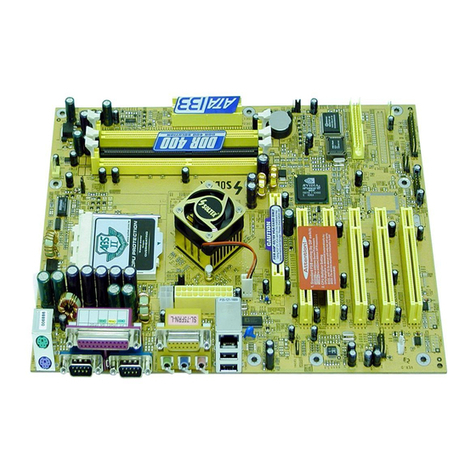
SOLTEK
SOLTEK 75FRN2 Series User manual
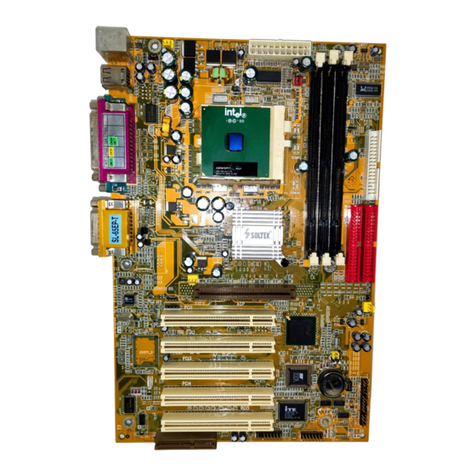
SOLTEK
SOLTEK SL-65EP User manual
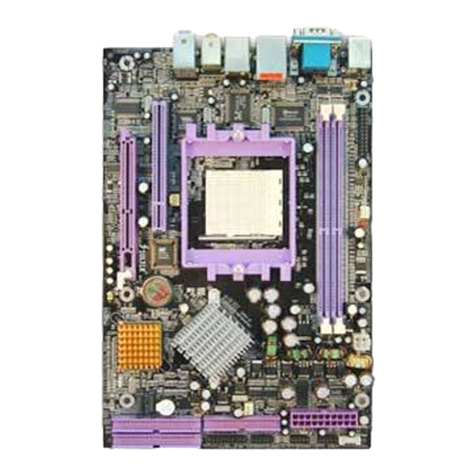
SOLTEK
SOLTEK SL-B9D-FGR User manual
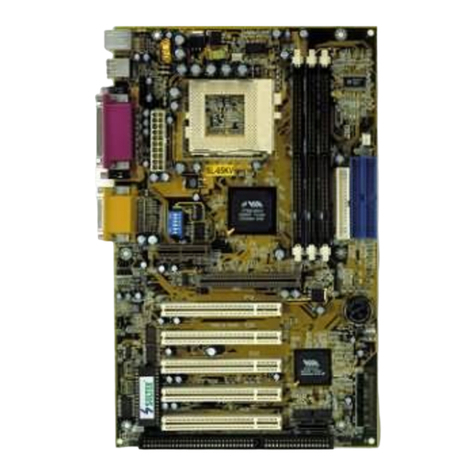
SOLTEK
SOLTEK SL-65KVB User manual
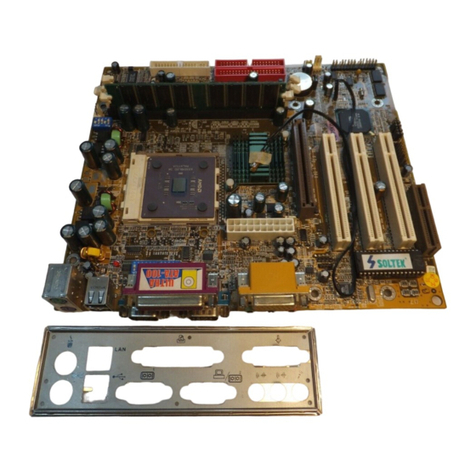
SOLTEK
SOLTEK SL-75KIV User manual
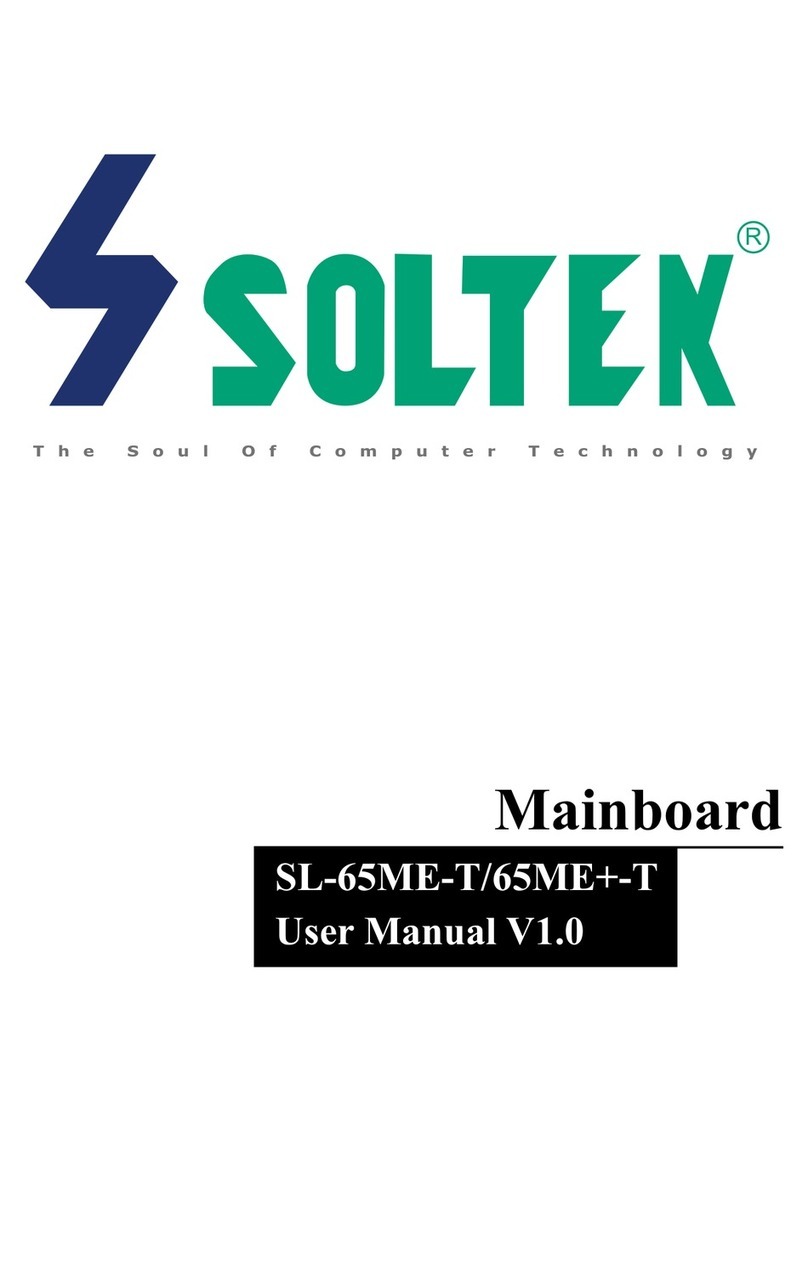
SOLTEK
SOLTEK SL-65ME-T User manual
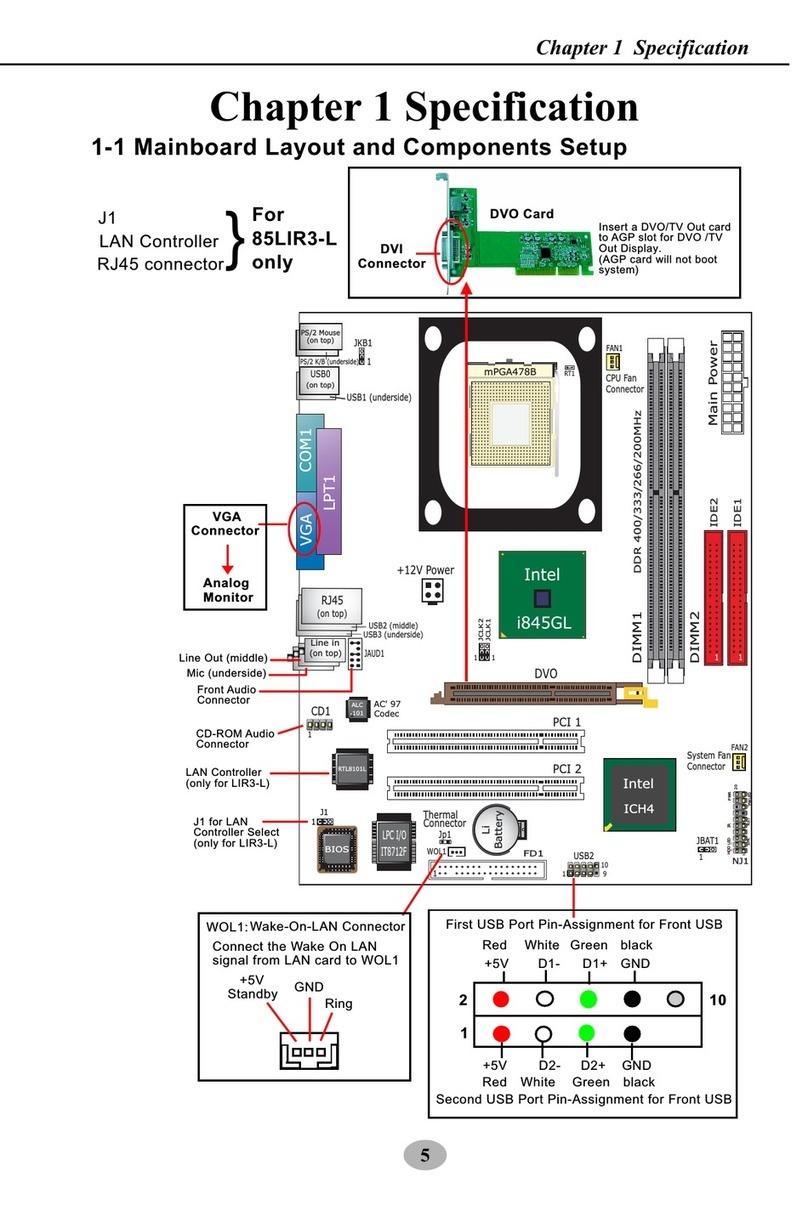
SOLTEK
SOLTEK SL-85LIR3 User manual
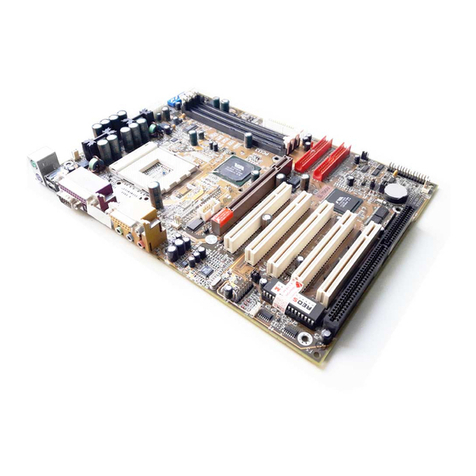
SOLTEK
SOLTEK SL-75KAV User manual
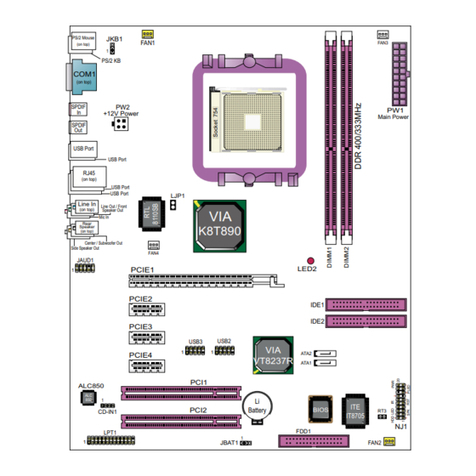
SOLTEK
SOLTEK SL-K890-754G User manual
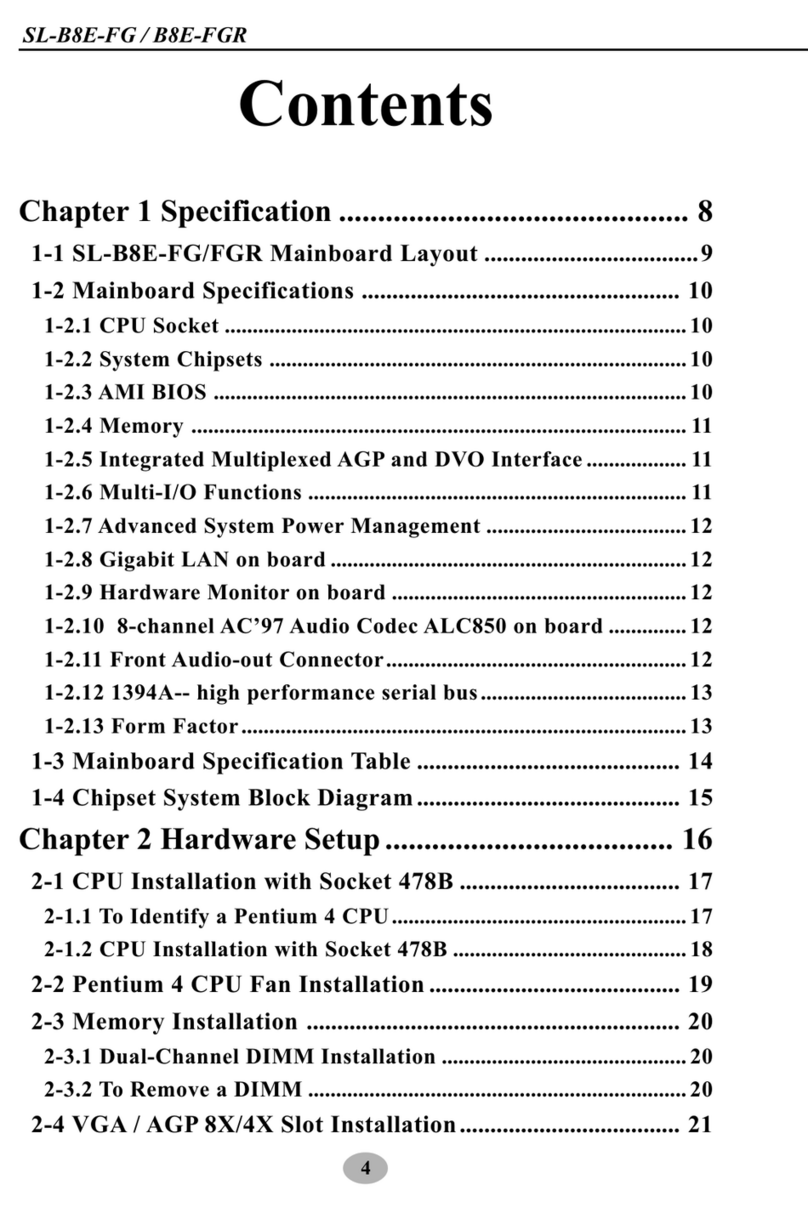
SOLTEK
SOLTEK SL-B8E-FG User manual
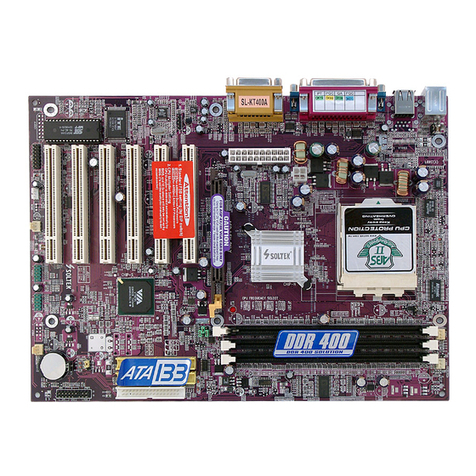
SOLTEK
SOLTEK KT400-R User manual
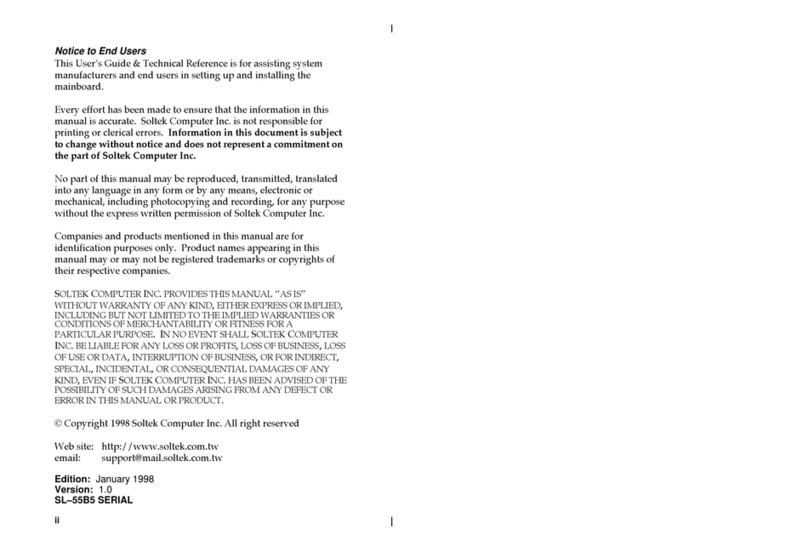
SOLTEK
SOLTEK SL-55B5 User manual

SOLTEK
SOLTEK SL-855GEI-FDGR User manual
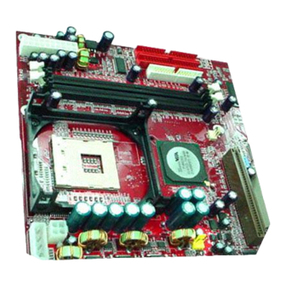
SOLTEK
SOLTEK SL-85DIV User manual

SOLTEK
SOLTEK SL-65DRV User manual
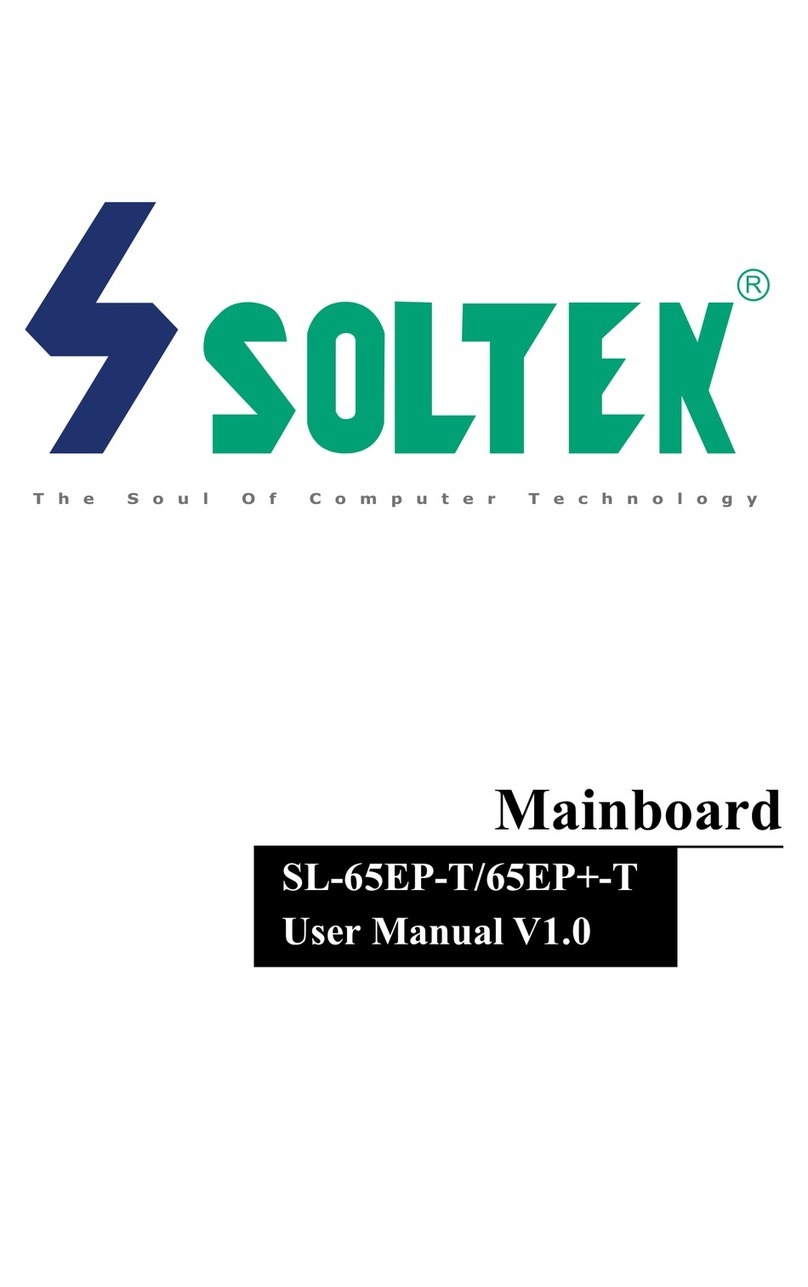
SOLTEK
SOLTEK SL-65EP+-T User manual

SOLTEK
SOLTEK 82440FX User manual
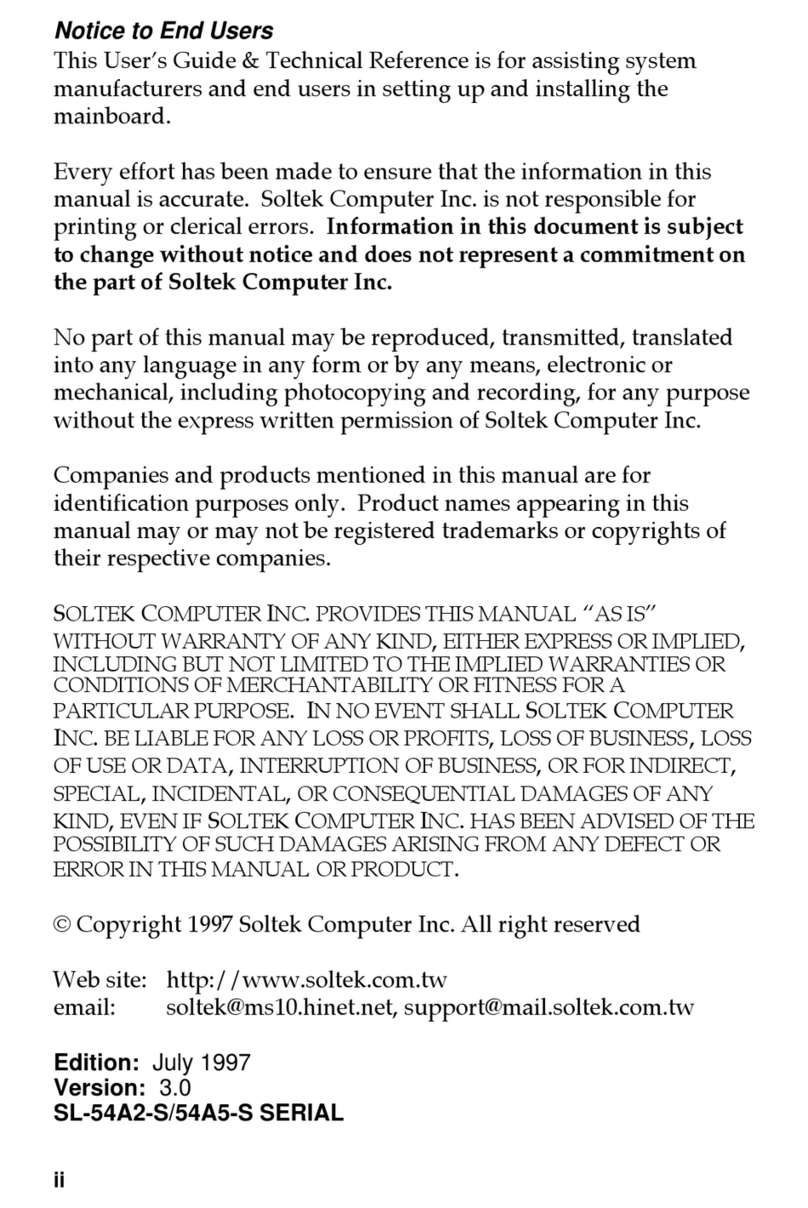
SOLTEK
SOLTEK SL-54A2-S User manual
